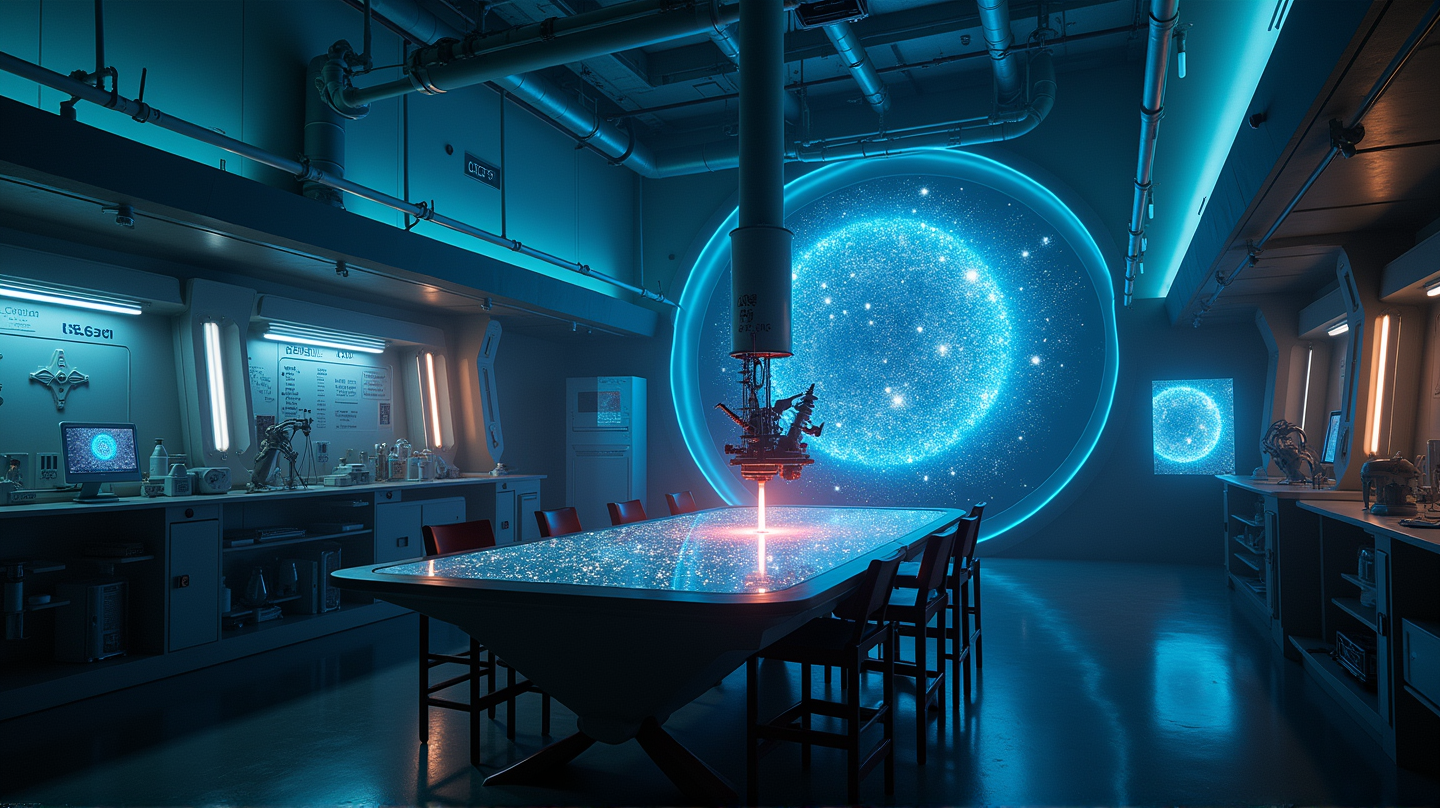Revolutionary Tabletop Detector Reveals Hidden Universe
Scientists unveil a groundbreaking tabletop detector to capture gravitational waves in the milli-Hz range, promising unprecedented insights into the cosmos.

London, UK (SPX) Oct 06, 2025 – An exciting chapter in the study of the universe has been unveiled with the proposal of a tabletop detector designed to capture gravitational waves in the elusive milli-Hertz frequency range. These minute ripples in spacetime, originally predicted by Einstein, open a new observational window to the cosmos, allowing scientists to peer into unknown realms previously inaccessible by current technology.
Bridging the Frequency Gap
Gravitational waves have been elusive, caught only at high and ultra-low frequencies by instruments like LIGO, Virgo, and pulsar timing arrays. A mysterious “mid-band” region remained uncharted until now. Thanks to the pioneering efforts of teams from the Universities of Birmingham and Sussex, a concept has emerged that aims to fill this critical gap, spanning frequencies between 10⁻⁵ to 1 Hz.
A Tabletop Marvel
In a compact and revolutionary design, this new detector leverages the accuracy of optical cavity and atomic clock technology to track phase shifts in laser light as gravitational waves pass by. According to Dr. Vera Guarrera from the University of Birmingham, “This groundbreaking technology not only extends our detection capabilities into this new frequency range, but it does so with the practicality of instruments small enough for a laboratory table.” Removing barriers like seismic and Newtonian noise, these detectors promise clearer insights into the universe’s mysteries.
Peering Into Cosmic Phenomena
The milli-Hertz gap holds the promise of revealing signals from a diverse array of sources, including white dwarf binaries and merging black holes. Professor Xavier Calmet of the University of Sussex highlights the detectors’ ability to probe astrophysical models and cosmological events, previously obscured to astronomers. Even the relic gravitational waves from the dawn of the universe may be uncovered, offering clues to the birth and evolution of the cosmos.
Enhancing Global Detection Efforts
Each detector unit is built with two orthogonal ultrastable optical cavities, collaborating with atomic frequency references. This configuration not only facilitates multi-channel detection but also aids in identifying wave polarization and source direction. By integrating these detectors with existing clock networks, researchers anticipate expanding their sensitivity, pushing the limits even further.
Forging the Path Forward
While space missions like LISA aim to target this frequency range in the future, the tabletop optical resonators promise a head start on this cosmic race. These detectors are poised to bring a decade’s worth of research potential right to the laboratory, significantly advancing our ability to comprehend the universe’s hidden symphony. As stated in Space Daily, the journey has just begun, and the universe awaits discovery.
The unveiling of this capable technology heralds a new era in gravitational wave astronomy, promising to illuminate cosmic mysteries that have lingered in the shadows for far too long.

